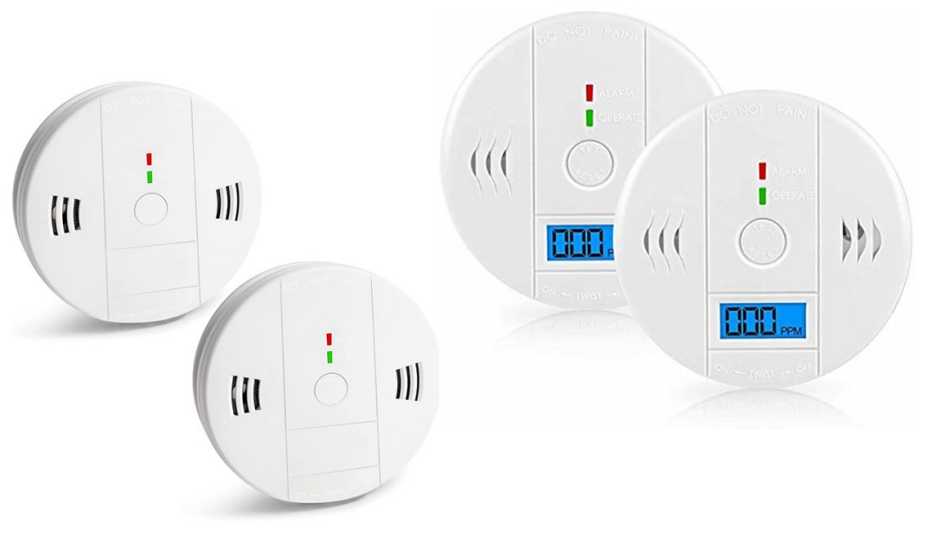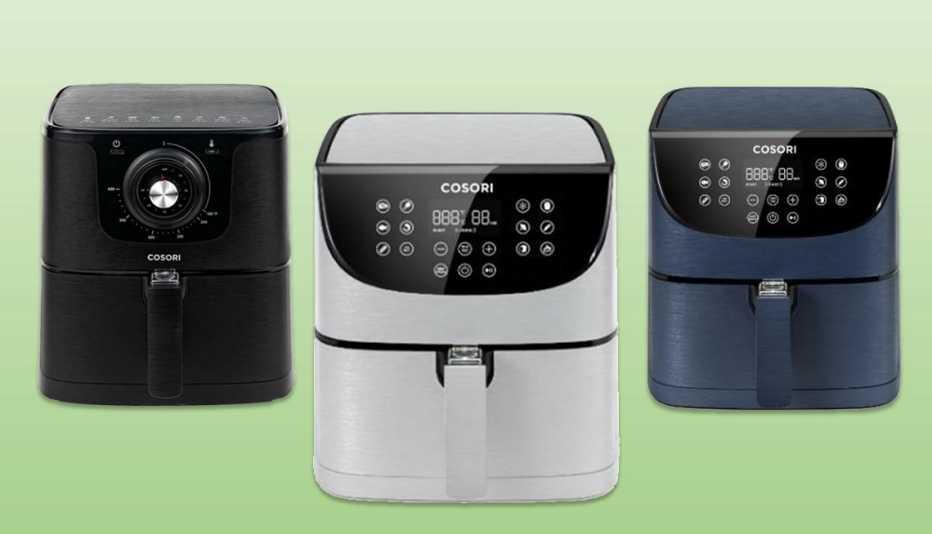Staying Fit
The Consumer Product Safety Commission (CPSC) is warning consumers to stop using certain carbon monoxide (CO) detectors sold on amazon.com because they may fail to detect the presence of the deadly gas.
Sensitivity tests performed by CPSC on certain GLBSUNION and CUZMAK brand detectors found they failed to set off an alert when exposed to a carbon monoxide concentration of 400 parts per million, a violation of a voluntary safety standard.


AARP Membership— $12 for your first year when you sign up for Automatic Renewal
Get instant access to members-only products and hundreds of discounts, a free second membership, and a subscription to AARP the Magazine.
“If a CO detector that does not alert to the presence of an elevated level of carbon monoxide is installed in a home, and carbon monoxide enters the home, the consumer will not be warned of this harmful gas, making injury or death very likely,” the CPSC said in a statement.


The faulty models cited, with their Amazon Standard Identification Number (ASIN), are:
- Model AJ-938: ASIN B093Y1KK5Q and B093Y637CM
- Model CD01: ASIN B07MPVK6HG and B07K44HLCV
The CO detectors were sold for between $16 and $40, are made of plastic, have a digital display and are approximately 4 by 1½ by 4 inches.
Anyone who purchased one of these CO detectors is advised to immediately stop using it, throw it out and install a new working device.
Amazon has stopped selling the affected carbon monoxide detectors, informed customers of the CPSC's warning and is providing them with refunds.
“Safety is a top priority at Amazon and we require all products offered in our store to comply with applicable laws and regulations,” an Amazon spokesperson told AARP in a statement. “We have proactive measures in place to prevent prohibited products from being listed and we continuously monitor our store and remove any such products and take corrective actions when we find them.”
Carbon monoxide safety
CO is a deadly, odorless, colorless gas. It is found in fumes produced by vehicles, stoves, lanterns, grills, fireplaces, gas ranges and furnaces. When it builds up indoors it can poison people and animals who breathe it, according to the Centers for Disease Control and Prevention (CDC).
The most common symptoms of CO poisoning are headache, dizziness, weakness, upset stomach, vomiting, chest pain and confusion. When a lot of CO is breathed in it can make individuals pass out or die. Those who are sleeping or impaired by alcohol or drugs can die from CO poisoning before they notice symptoms.
Older adults, infants and people with chronic heart disease, anemia or breathing problems are more likely to get sick from carbon monoxide. Each year CO causes over 400 deaths in the U.S. not linked to fires, more than 20,000 emergency room visits and over 4,000 hospitalizations.
Some tips to avoid CO poisoning in your home include checking or replacing your CO detector’s battery in the fall and spring, having your heating appliances serviced by a qualified technician annually, not using portable flameless chemical heaters indoors and making sure gas appliances and chimneys are properly vented.
CO detectors should be installed on each level of the home and outside separate sleeping areas.
To report a dangerous product or product-related injury visit SaferProducts.gov.






































































